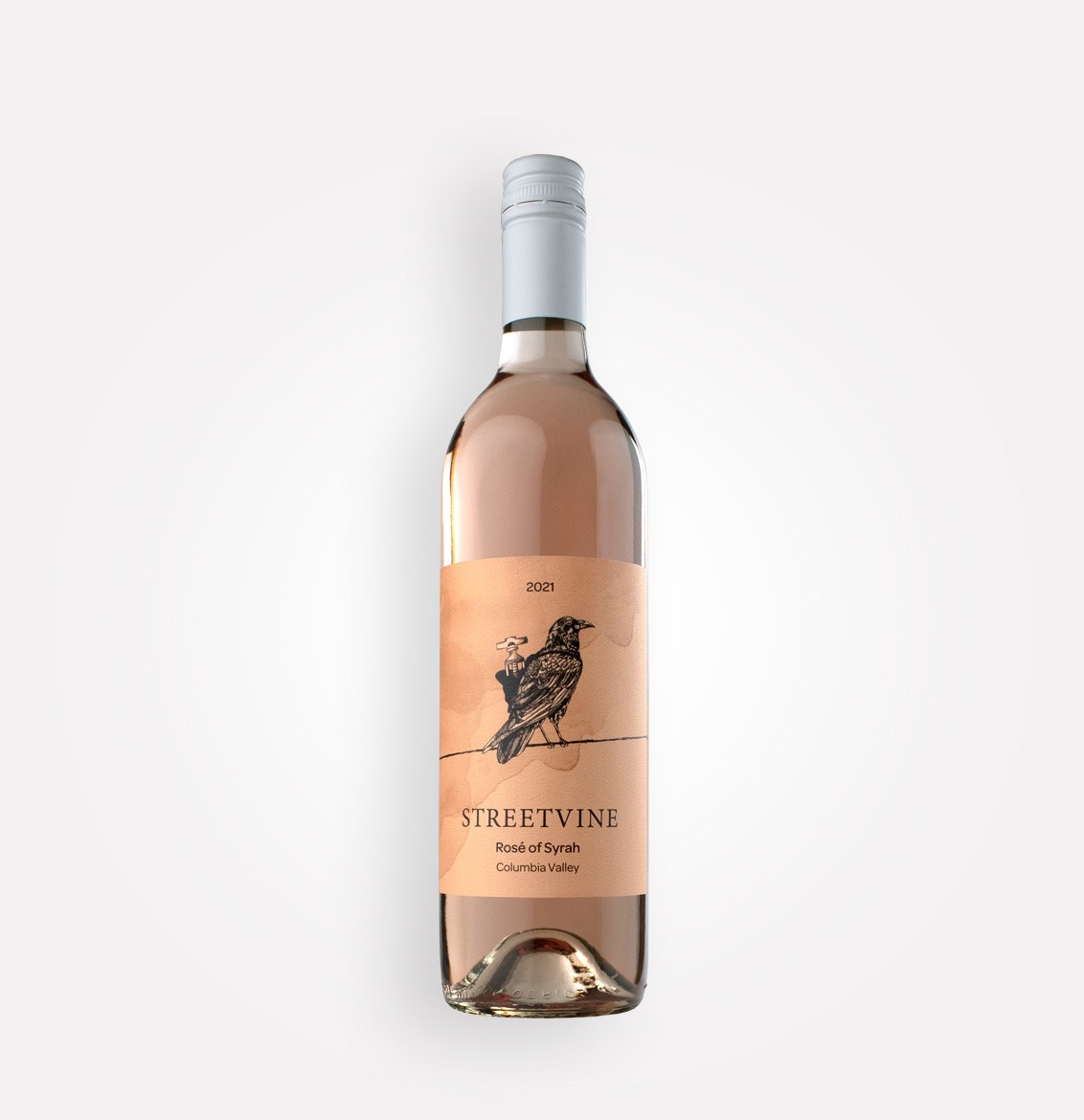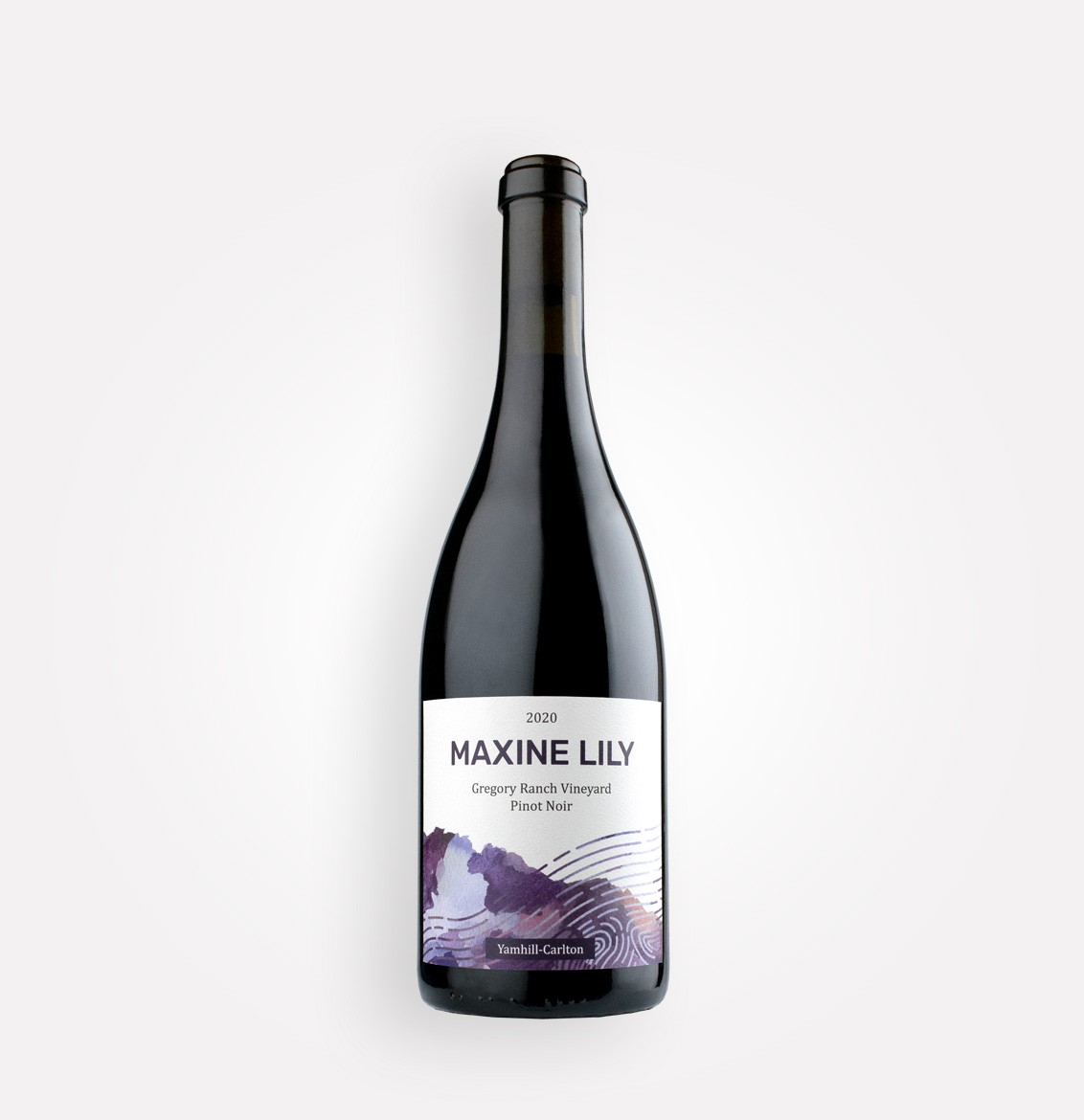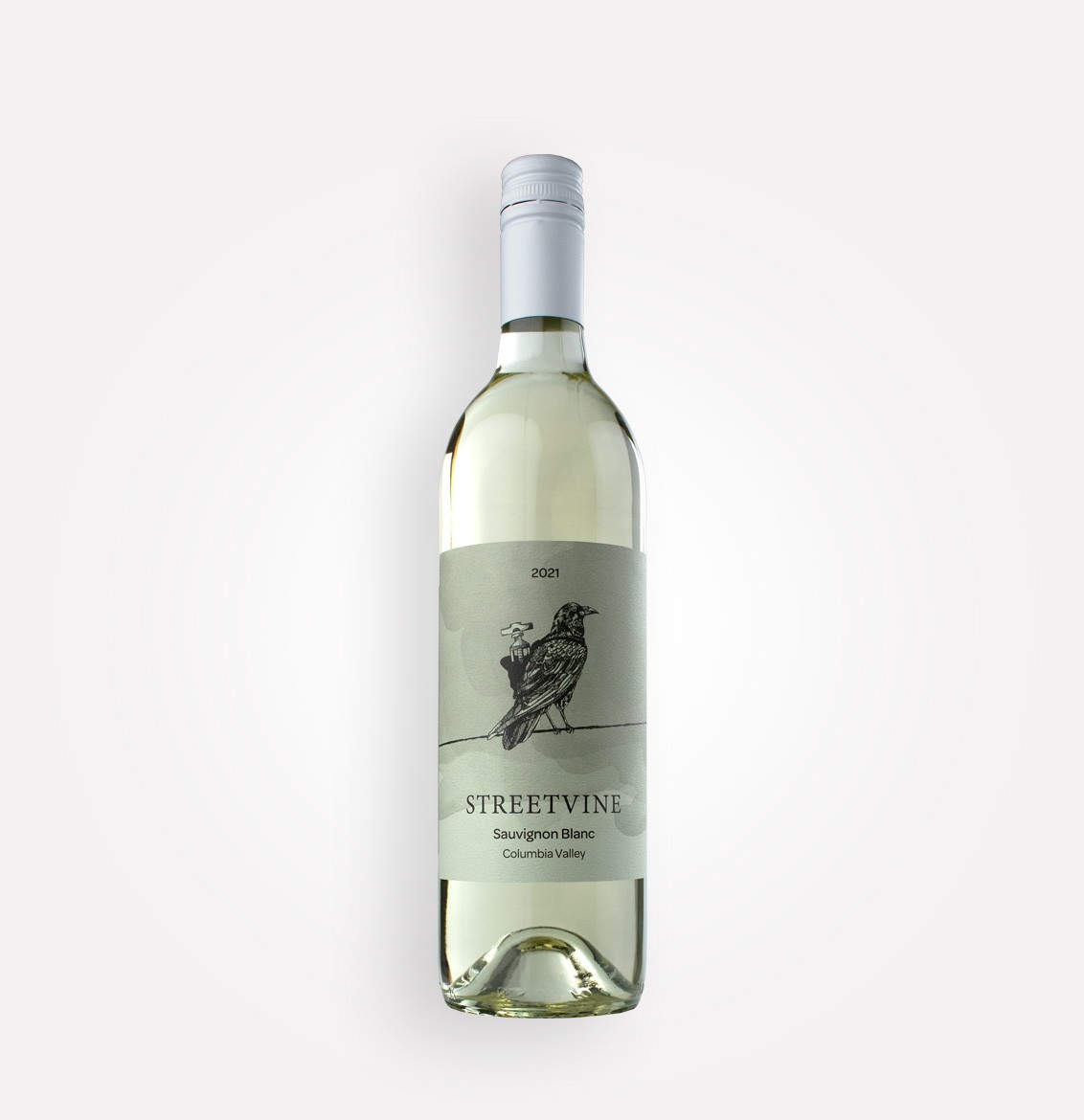“Wine is one of the most civilized things in the world and one of the most natural things of the world that has been brought to the greatest perfection, and it offers a greater range for enjoyment and appreciation than, possibly, any other purely sensory thing.”
— Ernest Hemingway, Death in the Afternoon
I’m sure you’ve seen those people at restaurants who proceed to swirl, stare, sniff, and swish the wine around in their mouths upon receiving a glass of wine. They may look a little ridiculous, but they use each technique and sense to appreciate the wine accurately.
Tasting a glass of wine is not simply taking a sip, swallowing, and moving on with our day. Well, for most people, it is, but we’re going to broaden your horizons and palate and teach you how to taste and appreciate wine more fully.
How to taste wine: a step-by-step technique
When we taste wine, we use a large portion of our brains, including the areas where we process memory and smell. So tasting wine is perfect for brain plasticity and promotes mental acuity in other parts of our lives! Tasting wine keeps your brain in shape, so drink up!
There are a few different ways to break down tasting a glass of wine. First, in the simplest forms, you look, smell, and taste the wine, then you think about and process what your senses just experienced.
We like to break it down a bit more in detail, though — we use all five senses when we taste wine. Each one tells us things about the wine’s different aspects of the wine like what grape it is, what region it’s from, and even the year.
This tasting technique won’t come to you overnight, as it takes a lot of practice to know what grapes and regions carry which characteristics. The good news is that your practice includes drinking wine, so for some of us, we have a natural opportunity every night to test our senses.
Read through these steps, and tonight when you open a bottle of wine, take a few extra minutes to move through these steps and see how a complete sensory journey of the wine makes it even more enjoyable.
If you want to learn how to taste wine, first you need to really look at it
When we look at the color and hue of wine, we can determine the grape variety to the age of the wine grape and more. First, pour some wine into a clean glass and put a white piece of paper behind it. The white background will help you get a more accurate view of the colors in the glass.
Red wines typically start on the purple or blue spectrum in their youth and take on more orange and buckish tones as they age. White wines usually have a slight green tint to the edge in their youth and turn more gold and amber over time.
We also see bubbles and can tell something about the sweetness or alcohol level of the wine. You’ve probably heard someone at a restaurant say, “This wine has some great legs!” No, they aren’t strange; wines have legs, tears, or stems, depending on who you’re speaking to.
Once you swirl your wine, you may see lines (the legs) that form around the glass and gently move down back toward the bottom. This means that your wine has a higher alcohol content and is likely rich and full-bodied, whereas a wine that does not form legs will have a lower alcohol content and be much lighter to drink.
Next you need to smell it
When we swirl, sniff, and smell the wine, we can tell additional characteristics such as the grape, climate, and ripeness of the fruit. Here is when you can catch the earthiness, floral notes, and more, which becomes exaggerated as the wine sits on your tongue and you smell further from the inside of your mouth.
There are three different categories of aroma.
- Primary: This is grape-driven, so you’ll smell more fruit, herbs, and florals.
- Secondary: These come primarily from the winemaking process, such as fermentation. For example, you may catch yeast or buttery aromas with malolactic fermentation.
- Tertiary: Tertiary Aromas are associated with the aging process. These can also be referred to as the ‘bouquet’ of the wine.
Let it touch you
Spitting the wine or letting it sit and roll around in our mouths before swallowing, we get a combination of touch, taste, and smell.
We get to feel the textures of the wine, which tell us about the thickness of the skins, the density of solid matter in the liquid, the acidity, sugar, and alcohol composition. The things we perceive on the palate can be referred to as mouthfeel or body, and we use terms like heavy, rough, smooth, or sharp to describe how the structure of the wine feels.
Now you’re ready to taste
After you’ve used your other senses to get a feel for the wine, you can enjoy the taste — the best part, of course. Take what you’ve learned from the color, smell, and now feel it on your tongue and enjoy the flavors. Is it crisp and reminiscent of green fruit or bold and leathery, making your tongue dry and warming your body?
When you’re tasting the wine, you want to pay attention to the sweetness, acidity, tannin, alcohol, and body.
- Sweetness will be determined on the tip of your tongue. Residual sugar in wine can range from 0 – 220 grams per liter. For reference, Brut Champagne is around 6-9 grams per liter, but a sweet white table wine, from Alsace, for example, could be anywhere from 30-40 grams per liter.
- Acidity is the pH of the wine and can relate to the mouthfeel when you take a sip. A high acidity wine may make you pucker your lips, while a low acidity wine will be creamier.
- Tannin is only present in red wines and comes from either the skin and seeds of the grape or from the oak aging process. Tannin gives that dry feeling on your tongue like you just ate a cotton ball.
- Alcohol adds body and texture to the wine. The alcohol level is related to the sweetness of the grapes before they are fermented. There are a few different tools that winemakers can take into the vineyard to test the sugar in the grapes before harvest. Most table wines will have between 13.5-16% alcohol by volume.
- Body is directly correlated to the alcohol in the wine. When the wine is sitting in your mouth, you can determine how thick or heavy it feels. Some recommend comparing it to the milk of different fat content. Skim milk would have a light body, and whole milk would be full-bodied.
Surprise! Hear it!
Okay, this is a less important sense for wine tasting, but if the pop of a cork or a clink of glasses followed by a toast doesn’t get you excited, then I don’t know what will!
When discussing wine and the taste of wine, you’ll hear many experts discuss the five components of wine. Each of these plays a part in the taste of the wine you’re drinking.
These should all balance each other out for an enjoyable wine. The last test when tasting a wine is the length, which is how long you can taste the wine after you have swallowed your sip.
It may seem like a lot of work to enjoy wine, but with practice (the fun part), you’ll start to pick up on each aspect a bit easier and appreciate the detail each winemaker put into the process.
Cheers!




